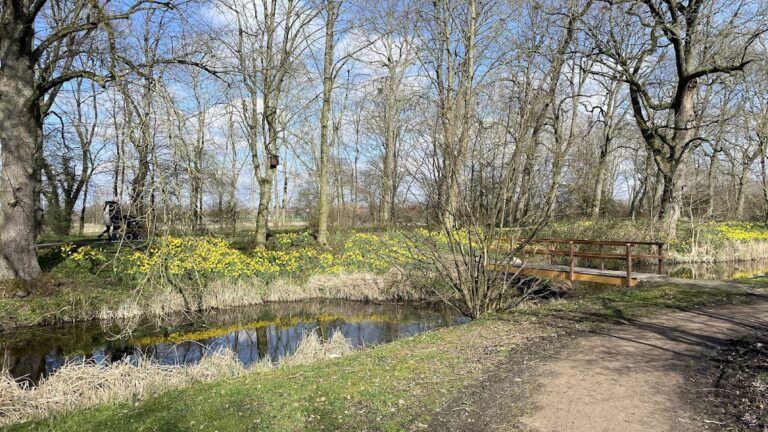Burg Hinta: A Historic Castle in Hinte, Germany
Visitor Information
Google Rating: 4.1
Popularity: Low
Google Maps: View on Google Maps
Country: Germany
Civilization: Unclassified
Remains: Military
History
Burg Hinta is located in the municipality of Hinte in Germany. It was built by the local East Frisian chieftains known as the Probsthäuptlinge during the late 13th century.
The castle, originally called Osterburg, was one of two main fortifications in Hinte during the 14th century, alongside its counterpart Westerburg. This pair of strongholds played significant roles in regional power dynamics. Westerburg was eventually destroyed in the mid-15th century by the Hanseatic League, a powerful commercial and defensive alliance of northern European cities, because East Frisian chieftains and towns were accused of supporting piracy.
Ownership of Burg Hinta passed through several noble families over the centuries. After the last member of the Allena family died, the castle came into the possession of Etta von Oldersum in 1527. She was married to Omko Freiherr von Ripperda zu Farmsum, and their descendants, including their son Frederik and grandson Unico Freiherr von Ripperda, held the property through the mid-16th century. Unico is commemorated by a Renaissance monument found in the nearby church.
In 1602, during the Emden Revolution, troops from the town of Emden occupied Burg Hinta. The castle was later reclaimed by comital forces using forceful means, yet the structure itself endured the conflict without damage. Since 1567, the von Frese family has held ownership of the castle. It remains privately owned and is accessible only from the outside.
The castle’s location is notable for its closeness to the 14th-century Evangelical Reformed Church of Hinte, which stands upon a terp—an artificial mound constructed to provide protection against flooding—situated just to the north of the castle.
Remains
Burg Hinta today is recognized as a four-winged complex arranged around a spacious inner courtyard. This layout emerged from significant remodeling during the 18th and 19th centuries, shaping the current appearance of the castle. Surrounding the entire site is a broad, water-filled moat known locally as a graft, which historically served as a defensive barrier.
The oldest surviving segment is the west wing’s so-called “Hohe Haus” or High House, a single-story stone building distinguished by a stepped gable on its southern facade. This part dates back to the castle’s founding period in the late 13th century and was constructed by chieftain Haiko von Wynham, husband to Heba Attena. The stepped gable shows architectural elements characteristic of late Gothic style, including vertically stacked paired openings with segmental arches that emphasize height.
At the base of the castle’s north gable, the gate opening features an arch designed in the Renaissance style, marked by a pronounced keystone that contrasts with the Gothic elements above. This detail signals the transition in architectural fashion from the late Middle Ages into the Renaissance period.
In the year 1704, the castle gate was added during the Baroque era, reflecting later stylistic influences. Throughout the centuries, modifications have respected the castle’s original character while adapting it to changing needs.
The site’s proximity to the adjacent 14th-century church, which stands on the raised terp just north of the castle, highlights an important relationship between the two medieval landmarks within the village of Hinte. This spatial connection reflects both practical and social ties between the fortress and the religious center.










